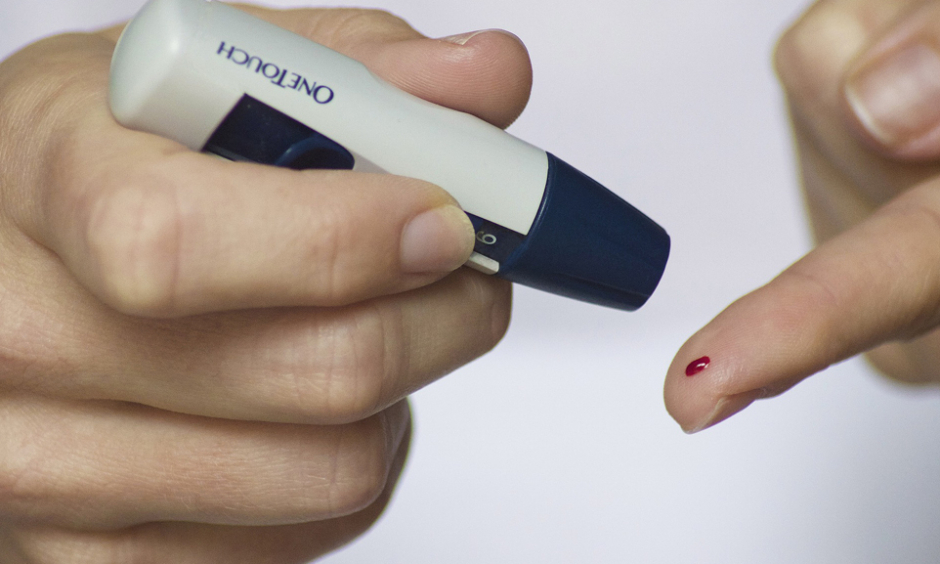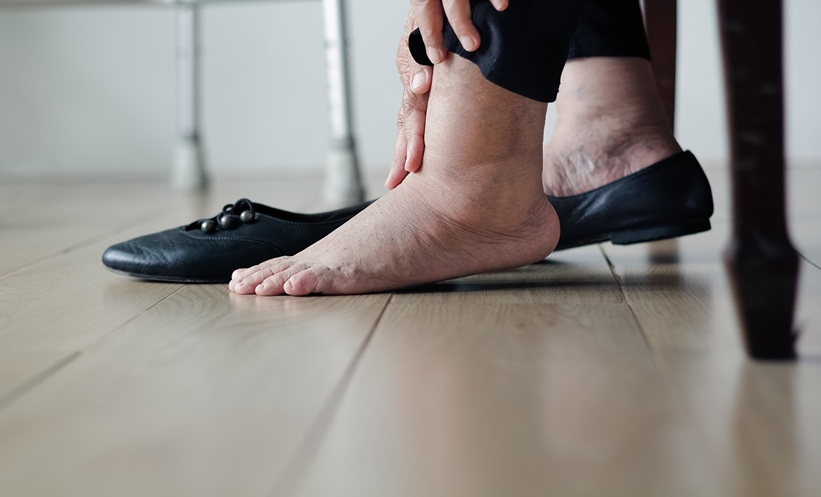MAINTENANCE of normal blood glucose levels is primarily the responsibility of pancreatic islets, according to research from the Karolinska Institutet, Solna, Sweden and the University of Miami Miller School of Medicine, Florida, USA. The findings could lead to the adaptation of certain therapeutic approaches for the treatment of diabetes.
Role of Pancreatic Islets
The team wanted to discover whether there was a particular organ or mechanism that was overall responsible for maintaining normal blood glucose levels. To test whether the glycaemic set point results from the pancreatic islets work as an organ, they transplanted pancreatic islets from a number of species, including humans, into diabetic and non-diabetic mice in whom blood glucose levels and glucose tolerance was measured.
It was found that the glycaemic levels of the donor species was transferred by the engrafted islets, suggesting they have overall responsibility for maintaining normal blood glucose levels. Additionally, the researchers observed that uniquely in humans there is a crucial role played by the cells that release the hormone glucagon in the pancreatic islets in regulating insulin-producing cells, and therefore regulating blood glucose levels.
Implications
“This means that it is imperative to use human pancreatic islets when investigating how this complex micro-organ regulates glucose homeostasis under normal conditions, and why this is not functioning in diabetes,” commented Dr Alejandro Caicedo, University of Miami Miller School of Medicine. “Our findings have implications for transplantation and regenerative approaches to the treatment of diabetes, because restoring normal blood glucose levels may require more than replacing only the insulin producing cells.”
Therapeutic Adaptations
As a result of this study, the team believe that the future use of stem cell technology to cure diabetes will need to include the acquisition of all the cells found in the pancreatic islets and then the creation of artificial islets for transplantation. The use of glucagon receptor antagonists as hypoglycaemic agents may also need re-evaluating as a result of this study, as these treatments directly affect the ability of the pancreatic islets to function as glucostats.
James Coker, Reporter
For the source and further information about the study, click here.







